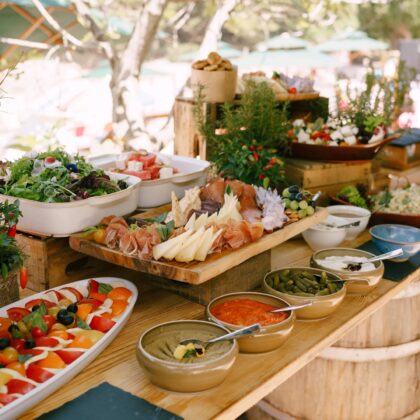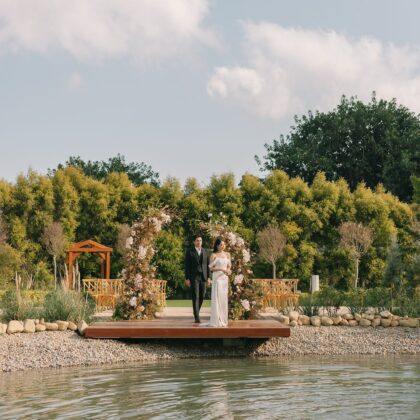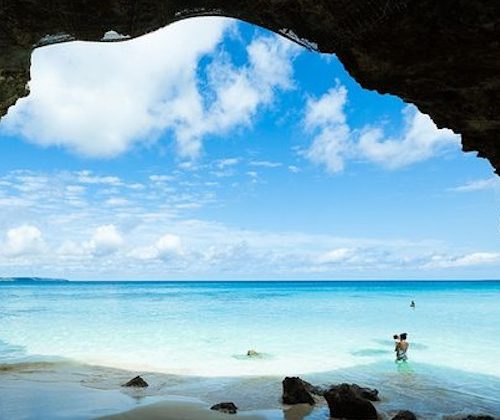Where to stay, eat and what to see in this amazing Japanese island prefecture
Spoilt by the sheer number of accessible short haul beach breaks from Hong Kong, we sometimes find ourselves reverting to habit in the name of laziness. But there are plenty more adventurous beach destinations on our doorstep! Never one to shy from a bit of research, I decided to combine my desperate need for some spring sunshine with my incurable love of all things Japanese and booked in for a long weekend in Okinawa.
An island chain midway between Japan and Hong Kong, it benefits from the delicious food, inimitable culture and fantastic hospitality of mainland Japan but with a more tropical feel. Tempted by pictures of white sand beaches, impossibly perfect sea and lured by the promises of April sunshine, warm temperatures and lack of rain, I began my research.
The Basics
Chequered by a murky and brutal history, the lingering effects of World War Two and the Battle of Okinawa are still evident. The American military bases remain and in their surrounds, detract from the Japanese feel instead dominating the central areas with a distinctly Western feel.
The best bits of Okinawa are the extremities; the remote islands, Northern beaches and the Southern vistas. Fly into Naha (only a 2.5 hour flight with Dragonair), then rent a car. We used OTS but there is ample choice. The roads are super easy to navigate and driving very sedate, but most nationalities will need an International Driving Permit so research into this in advance. Bring plenty of cash with you as most ATMs aren’t international, but if truly stuck, try a Post Office.
Spring is perfect temperature but May can be rainy. Summer is crowded and hot but most likely sunny. Autumn is cooler and less busy so popular for those seeking quiet. Winter gets cold so is best avoided. That said, our first day in mid April was wet, windy and cold, but this year has apparently been an uncharacteristic one.
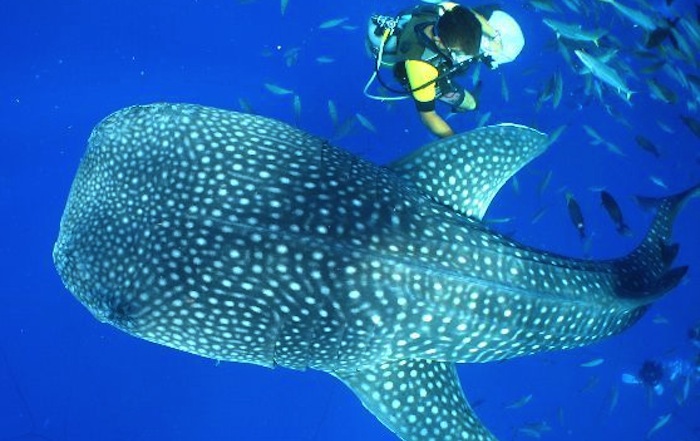
What to Do
There are three main ways to spend your time in Okinawa. The first is in cultural pursuits. There is the Peace Museum and also various sacred sites worth a saunter. You can also find Nemo at the giant aquarium at Ocean Expo Park. Crafts abound with Yomitan pottery village worth a look along with areas specializing in glass blowing and weaving. Catch the sunset from Cape Manzamo on a clear evening.
The second is simply doing nothing entrenched on a sun lounger catching some sun. Don’t simply sit at your hotel; sample some of the beautiful beaches on the smaller islands, definitely worth a day trip. The final, and definitely high up the priority list is making the most of the snorkeling, diving and water sports offerings all over the island chain. With whale sharks and turtles it is a diver’s paradise. Find info on good companies to book through here.
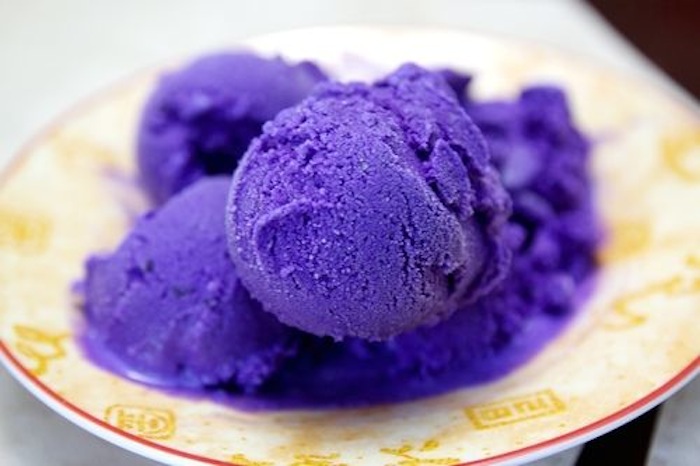
What to Eat
With indisputably Japanese cuisine, Okinawa nonetheless has its own regional specialties, which promise to delight. Key ingredients to look out for are sea grapes, like a vegetarian caviar and devilishly moreish, Okinawan black pork, brown sugar, and my personal favourite, purple sweet potato which I sampled in all its forms; ice cream, crisps, baked and in delectable Japanese sweets. For the brave, sample the famed Okinawan liquor, Awamori.
Most restaurants specialize in a single type of cuisine and thus can be chosen based on your desires. Ones to try include:
Naha – Either sample the freshest sushi at Yume Sushi, traditional Okinawan Soba noodles at Japanese Soba Dining Buten or feast on local food at Mikasa.
Further North – indulge in an Awamori/beer fuelled casual night of local delights at Churahana or sample Okinawan beef Obahno-ya (very local so ask your hotel for info), or do a cooking class in local style.
South – we only dined in our hotel apart from snacks picked up along the way, as most Okinawans eat at home the number of good restaurants is limited so either eat in Naha or at your hotel.
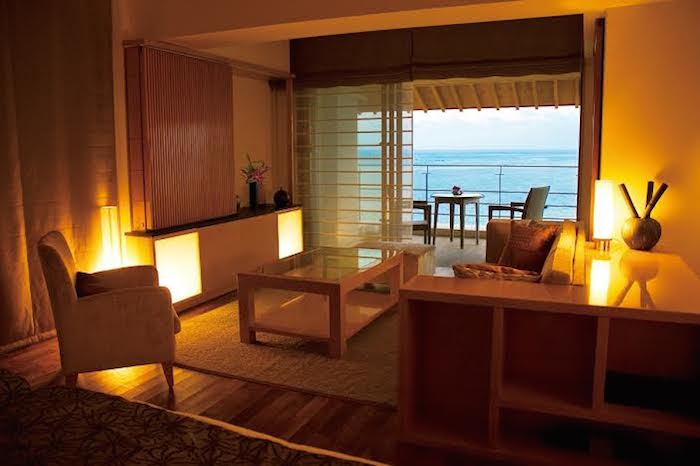
Where to Stay
Luxury has come late to Okinawa, with plentiful basic hotels but a limited range of indulgent options. However, on the main island’s Northern fringes lies the Ritz-Carlton, and it’s every bit as luxurious as you could hope. Nestled up on a hill 5 minutes from the coast, it gives great views over the surrounds. Perfect for golf-lovers, it’s encircled by one of Japan’s more famous courses. But for non-golfers like me, there was plenty to do and it also provided the perfect backdrop for one of my favourite pastimes, doing nothing.
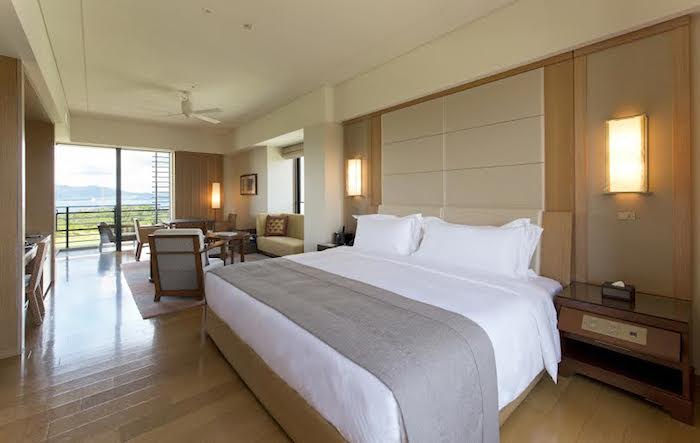
Our room offered the impeccable standards you’d expect from the Ritz; a deep bath with coastal views, a bed larger than most Hong Kong apartments and a subtle Japanese feel permeating through sliding doors and local artworks. The hotel’s pool offered a welcome respite from the heat of the day and free shuttle services were on offer for those wanting to stray further to the hotel’s private beach area. The hotel is geared towards relaxation though with meandering open sided corridors connecting the various restaurants and a design that invites lethargy. The spa is home to an indoor pool and further lounging options as well as offering up heavenly treatments and serene onsen area.
We whiled away our time spending mornings by the pool before exploring the island by car in the afternoons. The nearby restaurants were delightful and affordable but I’m so glad we spent one night in the hotel’s Teppanyaki restaurant. With our own delightful private chef we feasted on lobster and Japanese beef along with all sorts of other delicious items, all grilled in front of us. A nightcap in one of the private rooms in the cavernous bar was the perfect end to an indulgent stay.
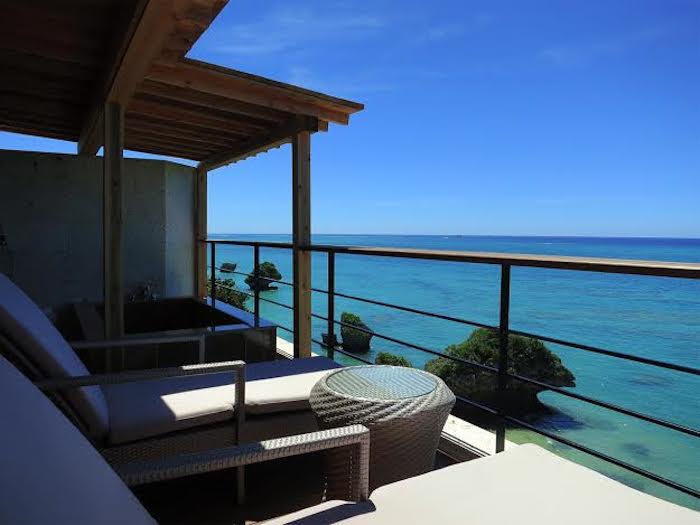
At the other end of the spectrum, but no less luxurious, lies Hyakuna Garan on the main island’s southern shores. Built more like a traditional Japanese ryokan it takes guests back to an authentic Japanese style of holiday. Rooms are, apart from the suite, in the Western style but all overlook the endless views of turquoise seas. There are various relaxation rooms around the hotel and the rooftop is comprised of private outdoor baths that you can book into for a glorious soak in hot water overlooking the sweeping coastline beyond. There isn’t much else to do in the hotel itself, but that’s the point, you come here to unwind, relax and immerse yourself in your surroundings.
If you are really restless, there is plenty to explore in the area but we chose to stay put, don our Japanese house robes and take some much-needed time out. It was fairly cloudy during our stay but if you were here in peak season and looking to sunbathe, it’s a bit more difficult as the hotel has no pool so you would have to head to neighbouring beach stretches where you can also enjoy glass bottom boat trips. A stay at Hyakuna Garan isn’t cheap but it does offer a glimpse of true Japanese hospitality and includes your dinner and breakfast. We dined on a memorable Kaiseki meal of regional specialties served up by charming waitresses and our breakfast was no less magnificent, showering us in an array of beautiful presented local offerings.
Depending on your mood, each hotel serves a slightly different purpose, but due to their different locations I would advise doing as we did and splitting your time between them, after all, it would be wrong not to sample all the finest offerings of this enchanting island wouldn’t it?
Ritz-Carlton Okinawa, www.ritzcarlton.com/en/hotels/japan/okinawa, rooms from $1,800 per night
Hyakuna Garan, Okinawa, www.hyakunagaran.com/English/, rooms from $3,500 per person including meals
Main image sourced via Pinterest, Whale Shark image, Purple Sweet Potato Icecream,

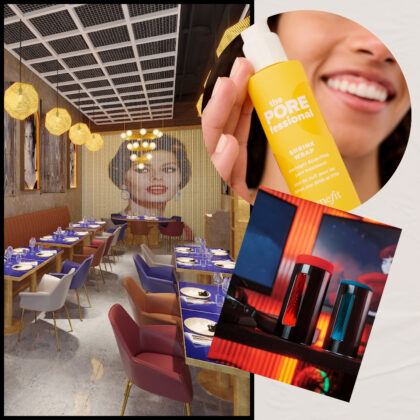


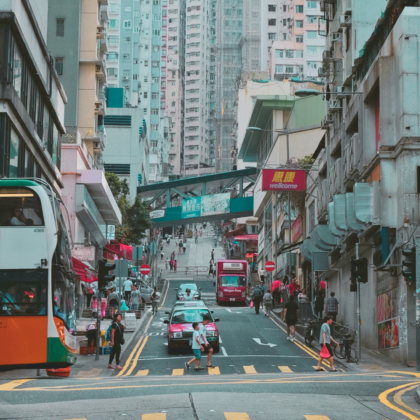
 Eat & Drink
Eat & Drink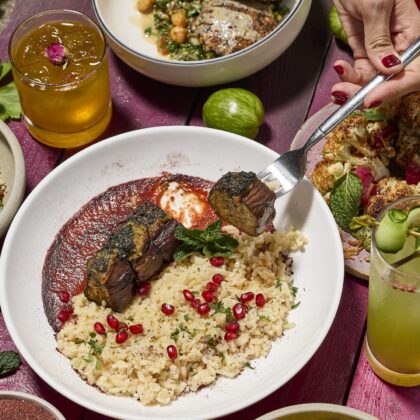
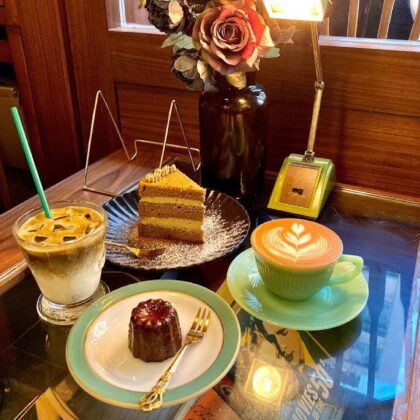
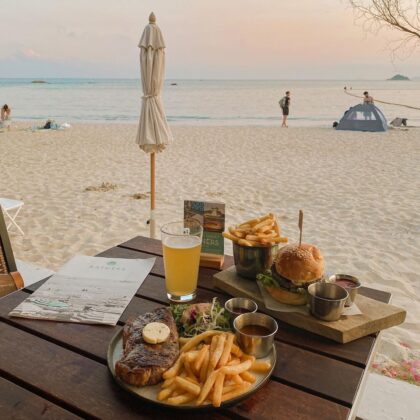
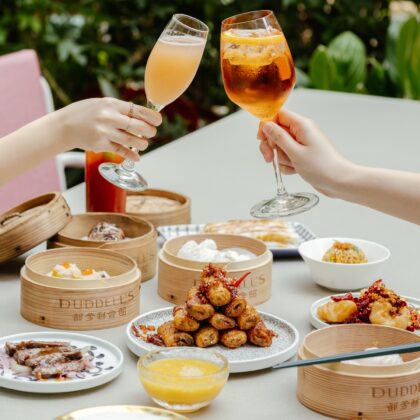
 Travel
Travel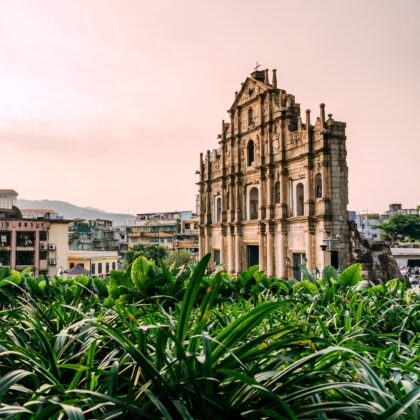
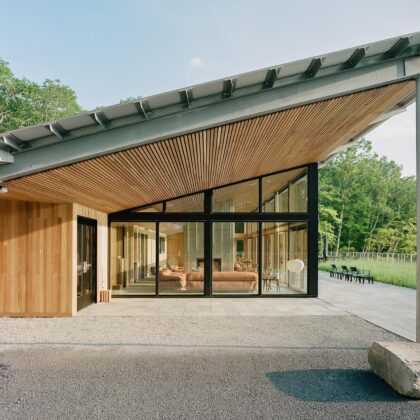
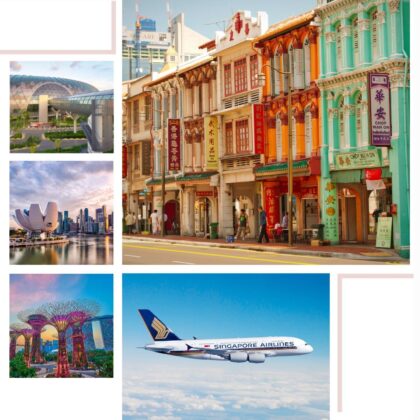
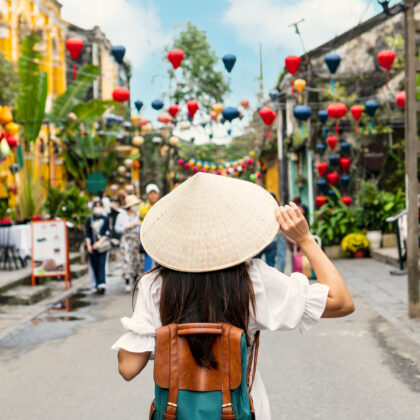
 Style
Style
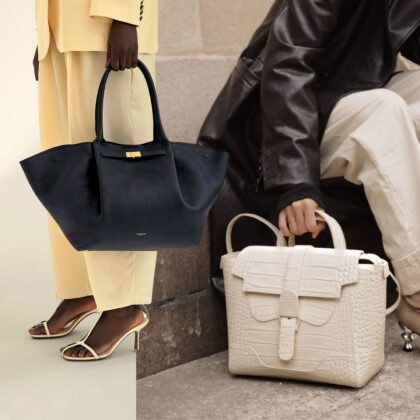


 Beauty
Beauty



 Health & Wellness
Health & Wellness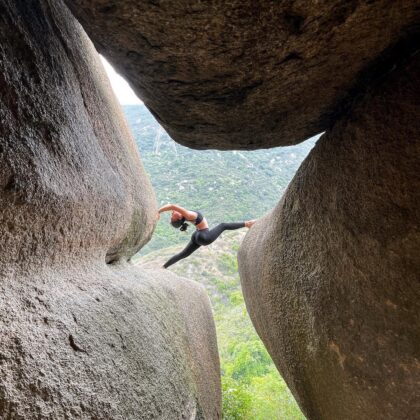
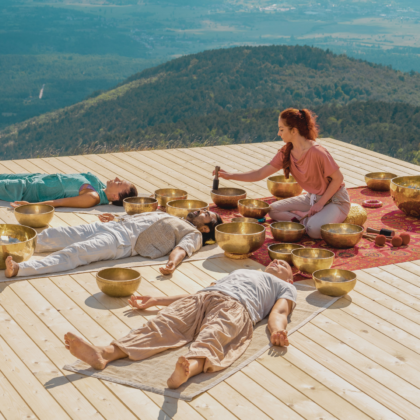
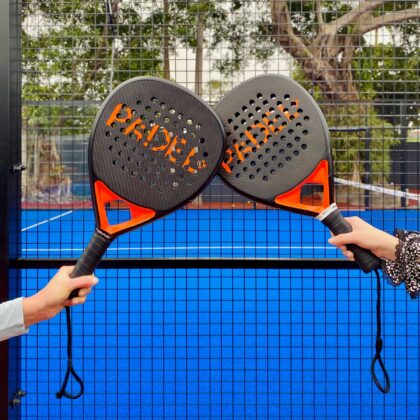
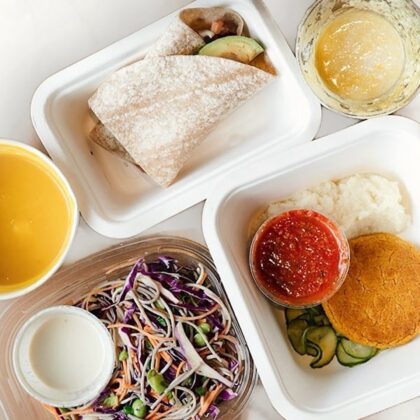
 Home & Decor
Home & Decor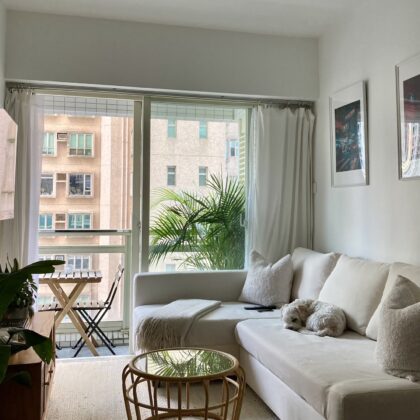


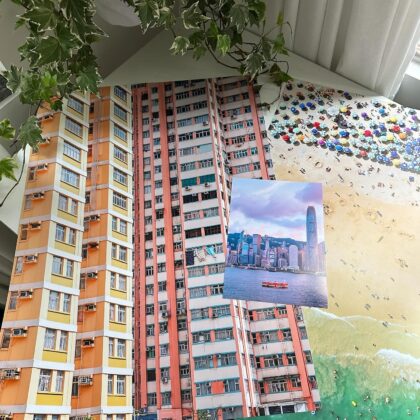
 Lifestyle
Lifestyle
 Weddings
Weddings
